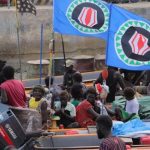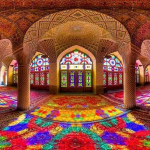Look, you want to know about the United Liberation Front of Asom ULFA. Forget the boring tourist guides. The truth is always found in the conflict and the chaos. This is the stuff that matters the reason why people actually start shooting. You asked for the full story, and you’re getting it.
The simple core of the problem is Assam is unbelievably rich. It’s sitting on massive reserves of oil natural gas and timber. It should be one of the wealthiest regions in all of Asia. But it’s not. The people living there the Assamese feel totally exploited. The central government the distant muppets in Delhi, they take the wealth and give nothing back. They let massive waves of immigration from neighboring countries flood the region which locals see as a direct threat to their jobs their language and their entire culture. That’s the setup for a massive bloody fight.
This isn’t just about money, it’s about survival and identity. The history of the entire Northeast region is one long, continuous story of central authority ignoring local pain, and the United Liberation Front of Asom is the brutal result of that neglect. They weren’t fighting for a seat at the table; they were fighting to burn the whole damn building down and build their own.
The Birth of ULFA and the Ideological Core
Back in 1979 a few highly motivated highly angry young men founded the organization. We’re talking about leaders like Paresh Barua the military mind and Arabinda Rajkhowa the political face. They weren’t just angry they were ideological. They believed in armed revolution. They believed India was an occupier. Their demand was absolute and total. They didn’t want autonomy they wanted A completely independent sovereign socialist Assam. That’s a huge uncompromising position rooted in deep revolutionary fervor, inspired by Marxist-Leninist principles of anti-imperialism and liberation movements they read about happening around the globe. They saw the wealthy Indian mainland as the colonial power and themselves as the liberators. This revolutionary zeal provided the early members with a discipline that made them far more dangerous than simple bandits.
They spent the 1980s building their network, moving into the most remote parts of the region and establishing contacts with other militant groups across the border. They quickly realized a revolution needs training and protection. They established alliances with the National Socialist Council of Nagaland (NSCN) and others, forming a proper interconnected web of insurgency across Northeast India. This regional coordination was key to the survival of the United Liberation Front of Asom. The decade saw them launch their first major attacks targeting security forces and government infrastructure, effectively declaring war on the Indian state and forcing Delhi to acknowledge their existence in the most violent terms possible. This early period of consolidation laid the groundwork for the next two decades of terror and resistance.
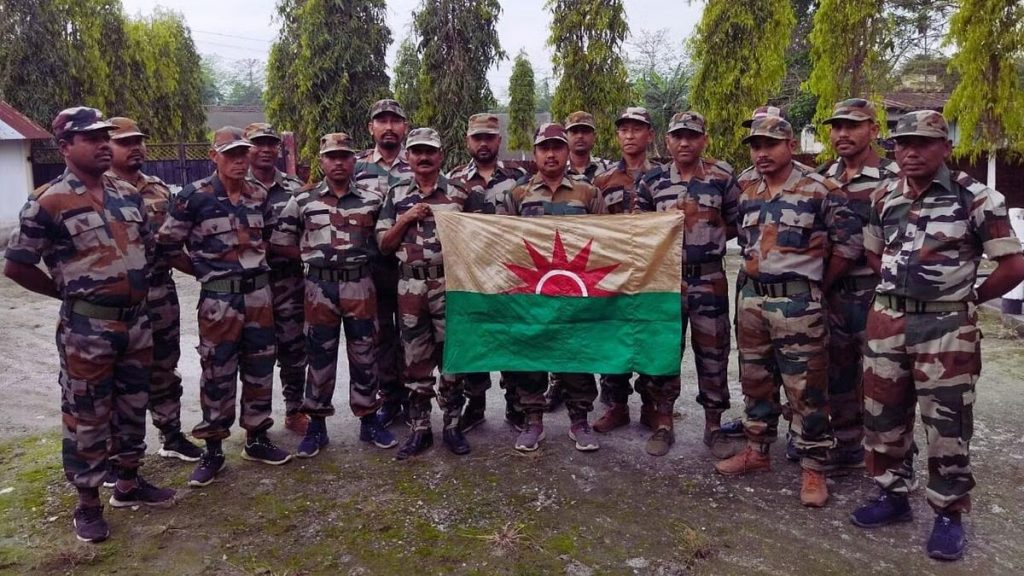
The Brutal Business of Funding a War
You can’t fight a war for four decades on ideals alone. You need money and lots of it. So ULFA developed into a major criminal enterprise. They funded their war through brutal extortion, forcing every tea estate, every business, every single operation in Assam to pay a ‘revolutionary tax’. They essentially ran a parallel government, collecting taxes and doling out their own form of justice. If you paid ULFA, your business ran smoothly. If you didn’t, you had major problems like targeted assassinations or bombings.
The kidnappings were legendary. They didn’t just target local politicians; they targeted foreign nationals and corporate executives. This was a direct signal to Delhi and the world that ULFA was serious and untouchable. This was not petty crime, this was high stakes terrorism used as a financing model. The money was massive, often running into the tens of millions of dollars, funneled through foreign banks to buy the weapons and keep the United Liberation Front of Asom completely self-sufficient. They became masters of the international arms trade, often utilizing porous borders to ship weapons and smuggle goods. The sheer economic power they wielded made them impossible to ignore and allowed them to sustain their campaign far longer than smaller, less organized outfits.
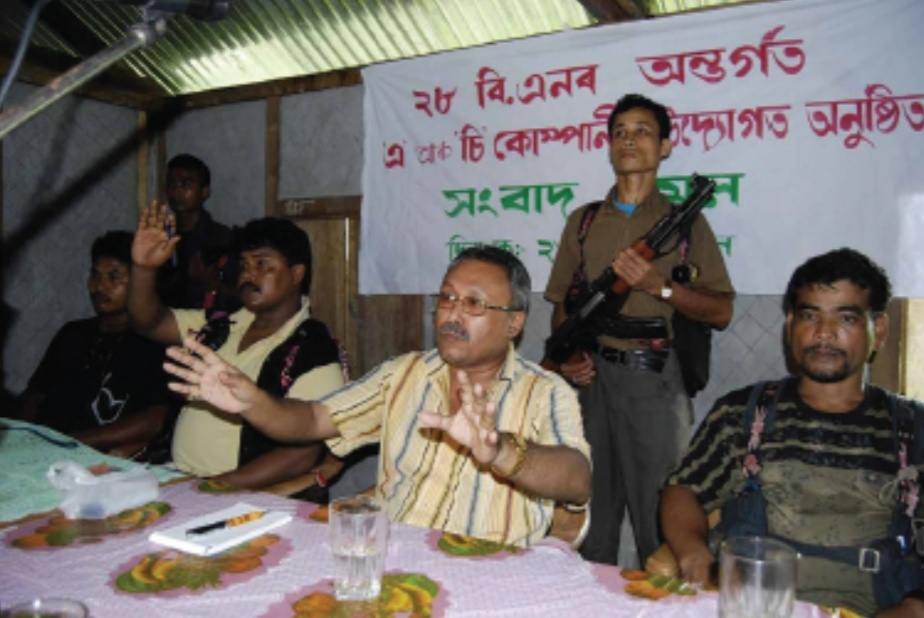
The Bhutan Sanctuary and The Turning Point
For years, the biggest strategic advantage ULFA had was its sanctuary. They used the dense jungles of Southern Bhutan as their main military base. They ran massive training camps, hospitals, weapons dumps, everything right under the nose of the royal government. It meant they could hit Indian targets then just melt back across the border into neutral territory. This logistical lifeline was absolutely essential to their long-term survival, allowing them to rest, regroup, and prepare new attacks without constant threat from the Indian Army.
But in 2003, the pressure from India finally broke the deal. The King of Bhutan decided he’d had enough of these uninvited guests. The Royal Bhutan Army launched Operation All Clear. This was not a small skirmish; this was a full-scale military operation, launched with surprising speed and ferocity. They went in hard and fast. They smashed the camps. They arrested and killed thousands of ULFA cadres. They completely decimated the group’s infrastructure and logistical heartland. The operation even involved the Bhutanese royalty directly, highlighting the severity of the threat.
This was the single biggest defeat the United Liberation Front of Asom ever suffered. It was a strategic annihilation. It broke the group’s back. The surviving members scattered into Myanmar and deep into Bangladesh, where they sought new, temporary safe havens. But their main engine room was gone forever. The operation proved that no sanctuary is forever, and it set the stage for the final breakup of the movement, proving that coordinated international pressure is the only thing that actually works against these cross-border groups.
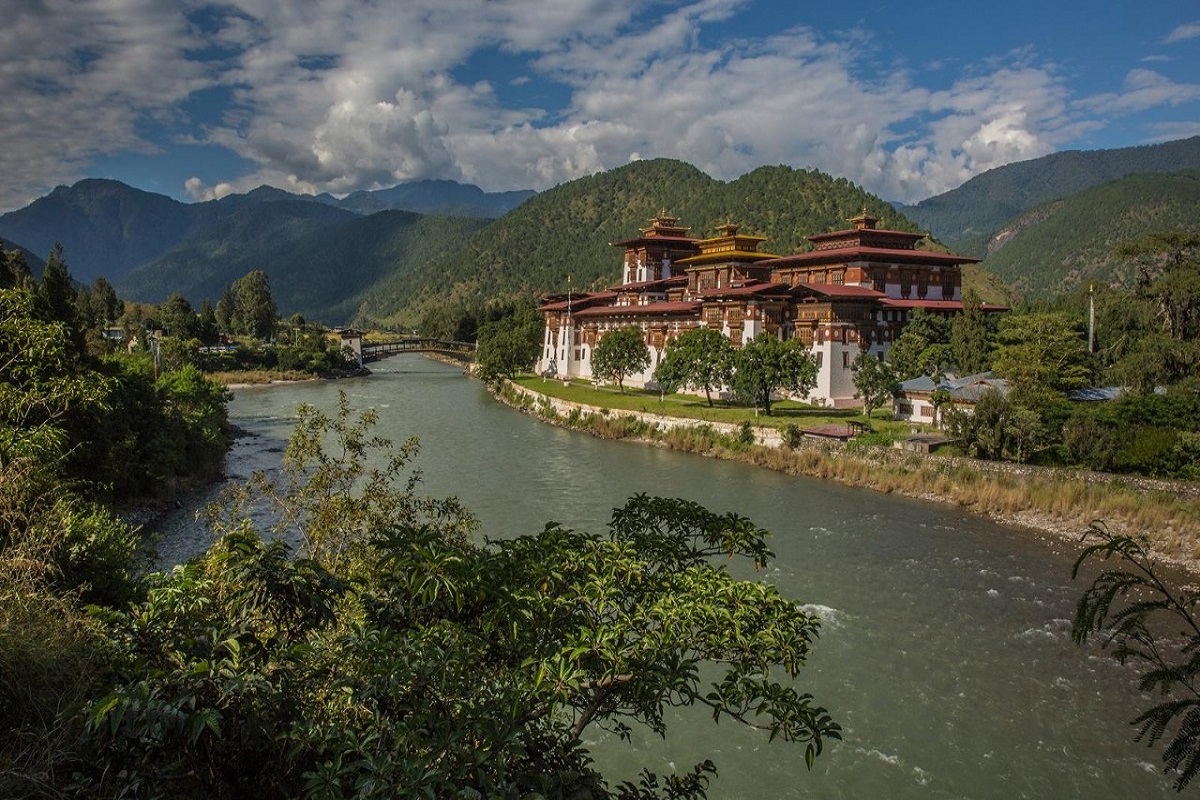
The Split: The Talkers Versus The Hardcore
The shock of the Bhutan operation coupled with relentless counter-insurgency operations led directly to the final split. The main faction under the political head Arabinda Rajkhowa finally gave up. They surrendered the dream of full independence and started talking to the Indian government about power sharing and autonomy. They traded the war for a seat at the table. They became politicians. This was the inevitable end for men tired of hiding in the mud, wanting to see their families and negotiate a legacy.
But the real hard man, Paresh Barua, refused to budge. He looked at that peace deal and saw weakness and treason. His faction, ULFA Independent, is still fighting. They are hiding out in the shadows of Myanmar, keeping the radical dream alive. He’s the one who won’t compromise, the one who is still running operations and remains the primary target of Indian intelligence. He’s the one who knows that the moment you stop shooting, you lose your leverage. The future of the United Liberation Front of Asom now rests on the negotiations of the weak faction and the uncompromising will of Barua’s soldiers. This internal division ensures the conflict remains messy, complex, and far from settled, even after forty years of fighting.
In conlcusion on the United Liberation Front of Asom
Why does this matter? Because travel isn’t just about pretty pictures. It’s about standing on ground that has a history of violence and tension. The United Liberation Front of Asom story shows you the brutal logistics of war, the power of desperation, and how quickly a geopolitical situation can flip. It’s a textbook case of how government negligence in handling regional resources and local sentiment can give birth to a decades-long war.
The history of the United Liberation Front of Asom is messy, bloody, and absolutely crucial to understanding why the region is the way it is. Assam is pretty, but is not just fairytale, it has issues.
YPT are currently planning a tour to Assam, which you can find on our India Tour.




